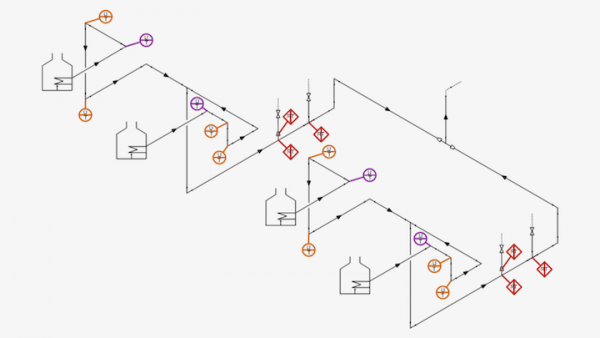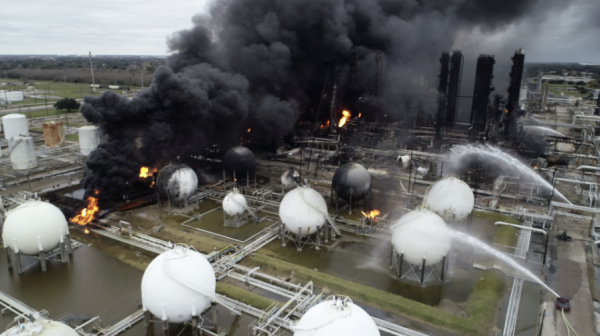Dead Legs are areas of a piping system that rarely see flow, yet are still exposed to process, even if not explicitly cut off. In an effective asset integrity management program dead legs should be monitored closely because they are especially prone to contamination and corrosion.
Dead legs are often lines closed by welded caps, flanges, or other fittings. Though they can also take the form of blanked branches, lines with normally closed block valves, lines with one end blanked, pressurized dummy support legs, stagnant control valve bypass piping, spare pump piping, level bridles, relief valve inlet and outlet header piping, pump trim bypass lines, high-point vents, sample points, drains, bleeders, and instrument connections.
It is important to have established protocols for identifying and monitoring all dead legs in a facility. Dead legs should be removed from a system when possible, or at least isolated and drained regularly. Doing so should should lead to improvements in performance. If removing deadlegs isn’t possible, then measures should be taken to continuously monitor them for corrosion and other damage.
Relevant Links
Topic Tools
Share this Topic
Contribute to Definition
We welcome updates to this Integripedia definition from the Inspectioneering community. Click the link below to submit any recommended changes for Inspectioneering's team of editors to review.
Contribute to Definition






















